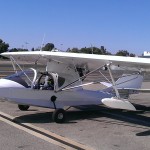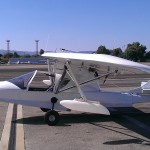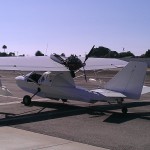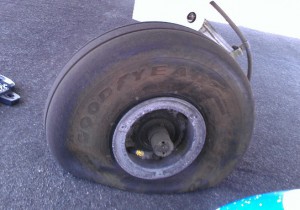I grew up in the 1980’s as a geek, playing video games, reading comics, watching movies and a lot of bad TV. I was a kid who lost himself in stories, and I used all of these as fantasy homes away from home. So did Ernest Cline, who wrote Ready Player One as an homage to these immersive entertainments.
Player One is set in the near-ish future where a variety of slow catastrophes have made the real world even less attractive than it seemed to a kid growing up in the Reagan years. The climate’s a mess, pollution and overcrowding are rampant, and the economy is so far in the tank that most people are little more than serfs. One of the few bright spots in this world is the powerful virtual reality environment called OASIS that acts as a getaway and diversion for the vast majority of people. When the primary designer of OASIS dies, his will states that the first person to find a particular hidden feature of the game – an Easter Egg – will inherit his considerable wealth.
The Easter Egg is the McGuffin that brings our protagonists together. The very idea of Easter Eggs comes from the early days of mass market video games in the 80’s and Cline ties his story more tightly to the decade by making the designer a fan of 80’s pop culture. The protagonists solve 1980’s-themed puzzles in lifelike simulations and enhancements of the entertainments that inspired them.
Cline does a great job running with this without becoming so tied to the era that he’s just regurgitating it. He replicates the facets of the best diversions most responsible for their charm without producing a clone of any one in particular. It has the feel of War Games or The Last Starfighter without being a rip-off or a retelling.
There are a lot of 80’s references, overt and oblique. If you’re a student of the era who likes to play spot the reference, or to annotate stories, Player One will keep you busy. I grew up in the era, and certainly had my share of obsessions, but I didn’t find the references distracting. There were plenty of times a reference would jog my memory, but I never felt taken out of the story by them. In fact, the one time I was taken out of the story was an aviation reference, not a geeky one; flying a chartered jet across the country at 10,000 ft is as jarring to me as getting the title of Dancing With Myself wrong would be.
The references are a way to let readers play along with the game of finding the Easter Egg without having to explain all the possibilities. A sufficiently knowledgeable geek from the 1980s could solve the puzzles fairly without having to learn a bunch of new lore introduced here. It’s a nice idea.
As with any good quest story, however, Player One sinks or swims on the strength of its characters. Cline creates a world and set of protagonists who are fun to spend time with and to root for. They’re flawed enough to have some flavor, but not so real that they get in the way of a fast-paced story. There aren’t really any deathless characters here, but they’re a lot of fun to spend a couple hundred pages with. Basically they’re heroes of an 80’s quest movie.
There are a lot of good quest movies from the 1980’s and Ready Player One is a worthy addition to that pantheon.
Strongly Recommended.



